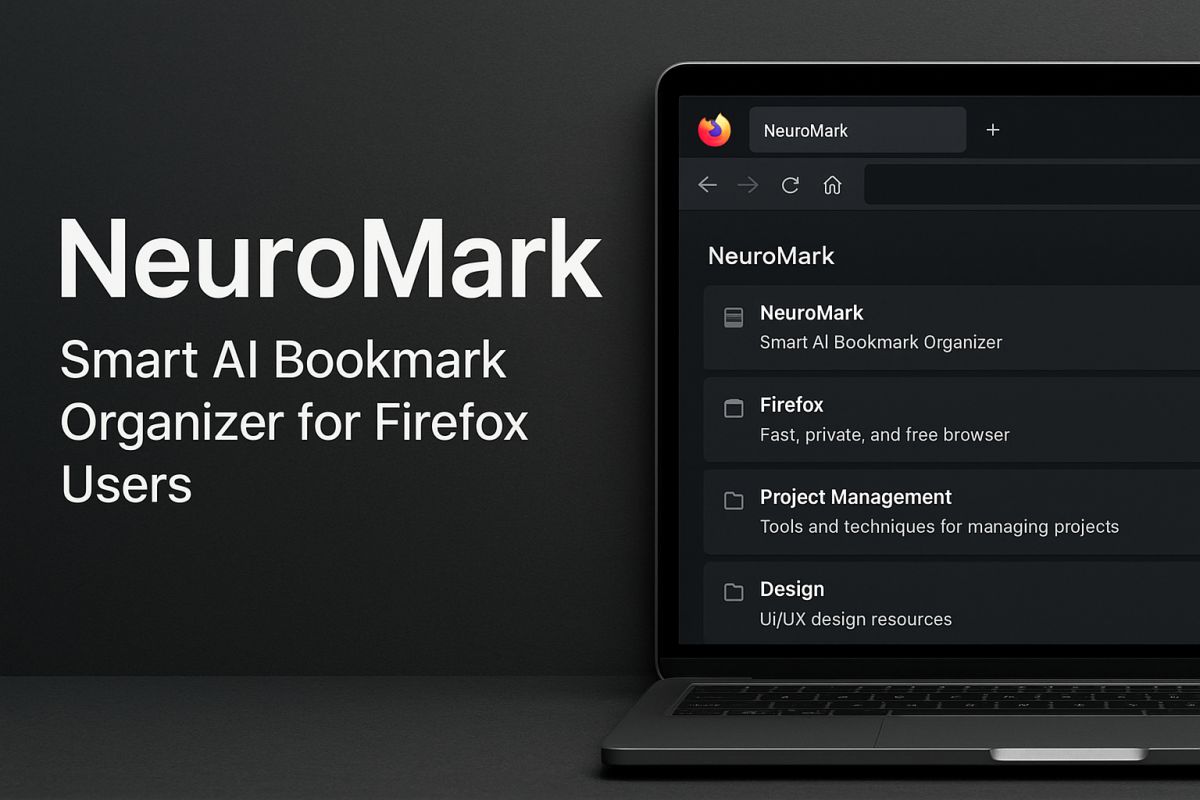FrontOps. Master the New Skill in Modern Web Development

FrontOps is a modern development discipline that blends frontend engineering with operations principles to improve delivery, performance, scalability, and user experience of web applications. It empowers frontend developers to take ownership of how their code runs in production—focusing on deployment, monitoring, testing, and performance optimization.
As frontend ecosystems grow in complexity, FrontOps bridges the gap between traditional DevOps and the frontend layer, ensuring that frontend code is as robust, scalable, and efficient as backend services.
Why FrontOps Matters More Than Ever
In the past, frontend development was seen as “just UI,” but that’s no longer the case. With JavaScript frameworks like React, Vue, and Angular powering full-featured apps, and users expecting lightning-fast performance, the frontend now directly affects product success.
FrontOps is crucial because:
- Frontend is now mission-critical.
- Performance directly affects user retention and SEO.
- Deployments are frequent and need to be fail-safe.
- Developers must understand the infrastructure behind their code.
Key Responsibilities in a FrontOps Role
A developer adopting FrontOps practices is involved in areas that go beyond writing UI logic. These include:
1. Performance Monitoring
Tools like Lighthouse, Web Vitals, and real-time monitoring platforms help track loading speed, interactivity, and visual stability.
2. CI/CD for Frontend
Setting up continuous integration and delivery pipelines to automatically test, lint, bundle, and deploy frontend code safely.
3. Infrastructure Awareness
Working with CDNs, edge networks (like Cloudflare or Vercel), and asset caching to deliver fast, global experiences.
4. Observability and Error Tracking
Using tools like Sentry or LogRocket to capture real-world issues and user behavior in production.
5. Code Splitting and Lazy Loading
Optimizing how JavaScript and CSS are loaded for faster initial load times.
How to Start Learning FrontOps
1. Understand the DevOps Mindset
Learn the basics of DevOps: automation, monitoring, and feedback loops. Apply those principles to the frontend.
2. Get Comfortable with Deployment Tools
Familiarize yourself with Netlify, Vercel, GitHub Actions, and Docker. Learn how to automate builds and rollbacks.
3. Use Real-Time Monitoring Tools
Integrate tools like New Relic, Datadog, or Sentry into your frontend stack.
4. Experiment with Performance Budgets
Set performance goals (e.g., total JS size under 300KB) and use tools to enforce them during CI.
5. Collaborate Closely with DevOps and Backend Teams
Ensure that frontend and backend are optimized together for speed and reliability.
FrontOps vs DevOps: What’s the Difference?
| Aspect | DevOps | FrontOps |
|---|---|---|
| Focus Area | Infrastructure, backend, servers | Frontend delivery, performance, UX |
| Tools Used | Kubernetes, Jenkins, Terraform | Webpack, Lighthouse, Sentry, Vercel |
| Skills Needed | Networking, CI/CD, Infrastructure as Code | JavaScript, bundlers, real-user monitoring |
| Goal | Reliable and scalable backend systems | Fast, stable, and optimized frontend apps |
Future of FrontOps
With the rise of edge computing, serverless architecture, and frontend-heavy frameworks, FrontOps is quickly becoming a necessary skill. As businesses shift more logic to the frontend, developers who understand performance, infrastructure, and deployment will be in high demand.
FrontOps is not just a trend—it’s the new standard in modern development.
Final Thoughts
Whether you’re a frontend developer looking to level up or a team leader optimizing your workflows, mastering FrontOps will future-proof your skills and improve the user experience of every application you touch.
Start small. Automate tests. Monitor performance. Own your code from commit to production.
That’s the FrontOps mindset.









